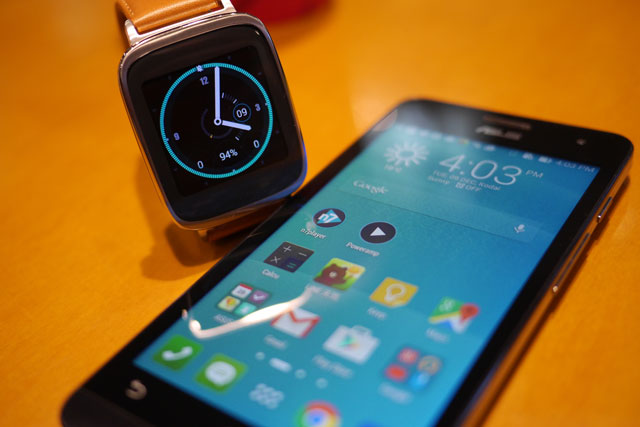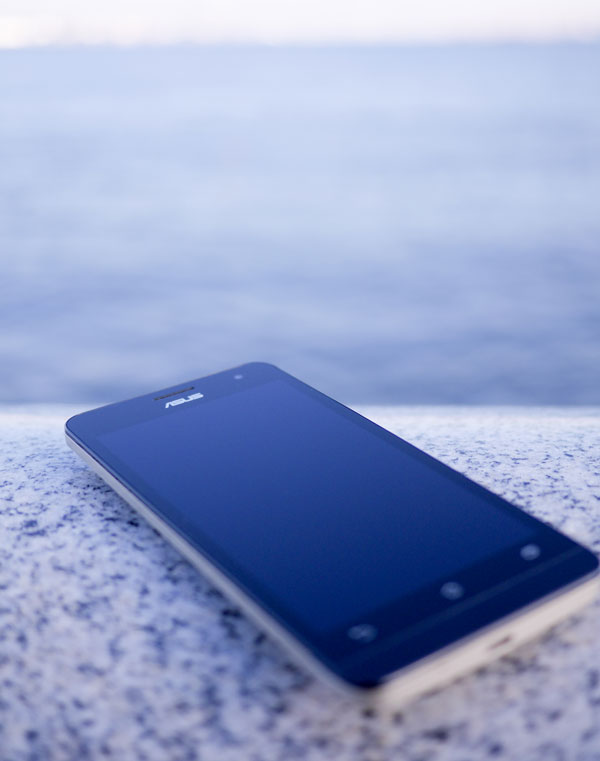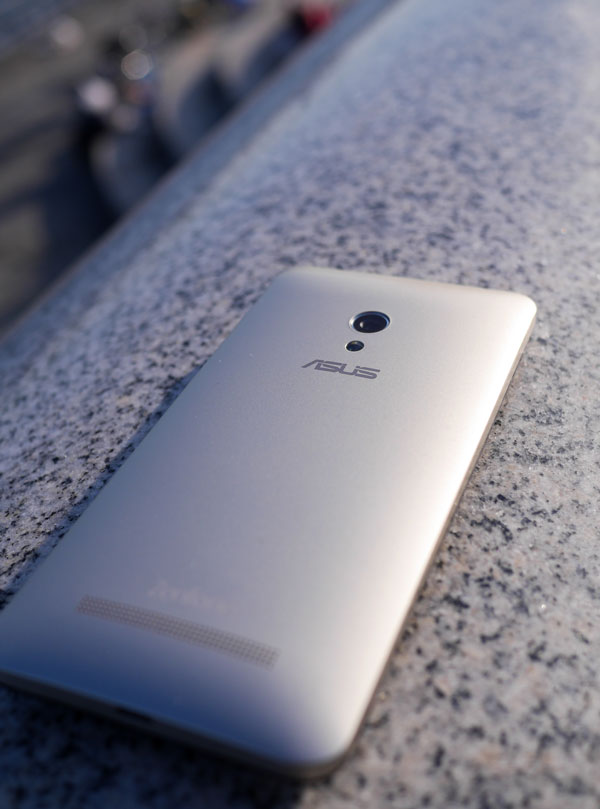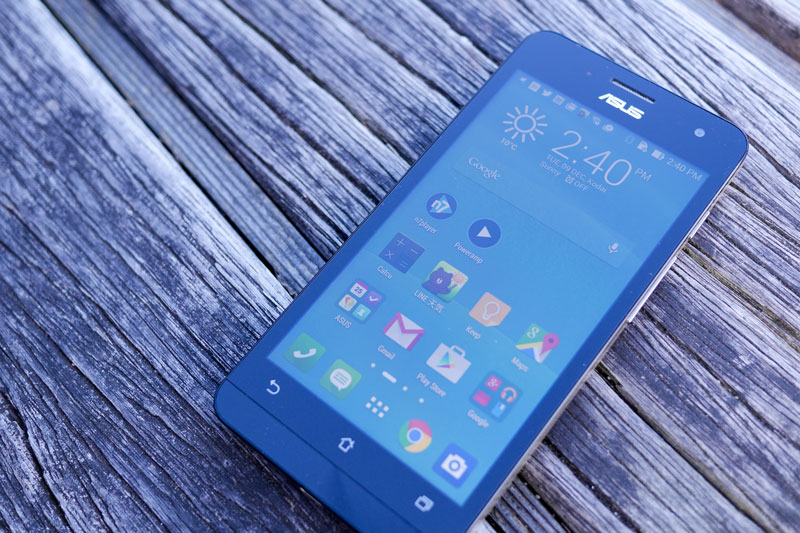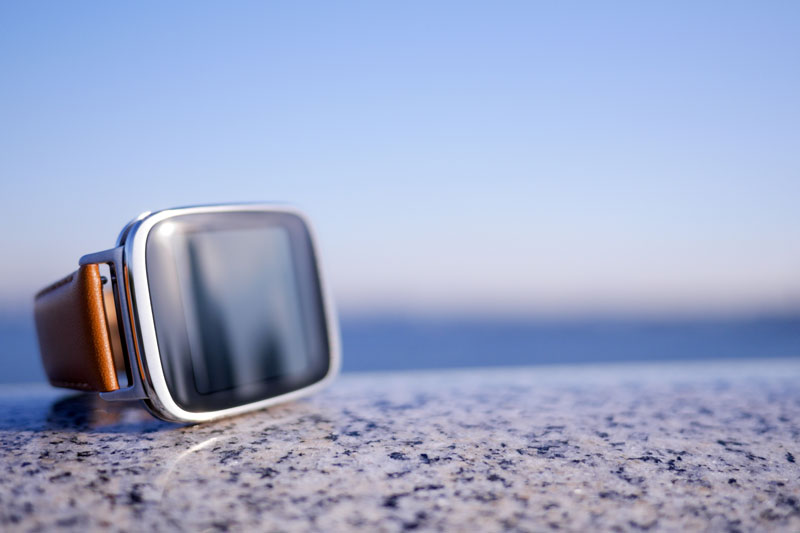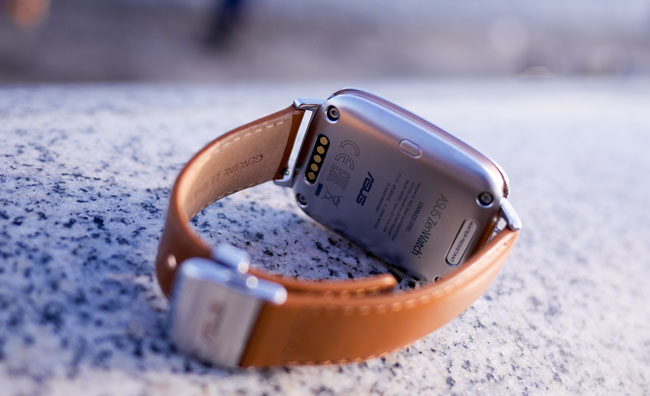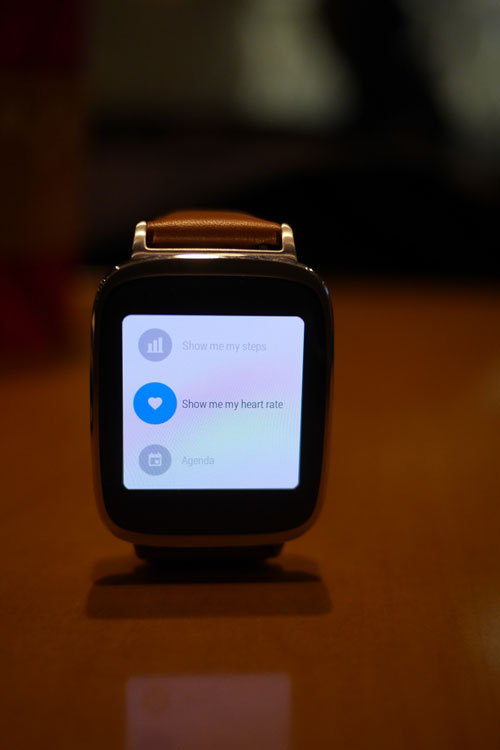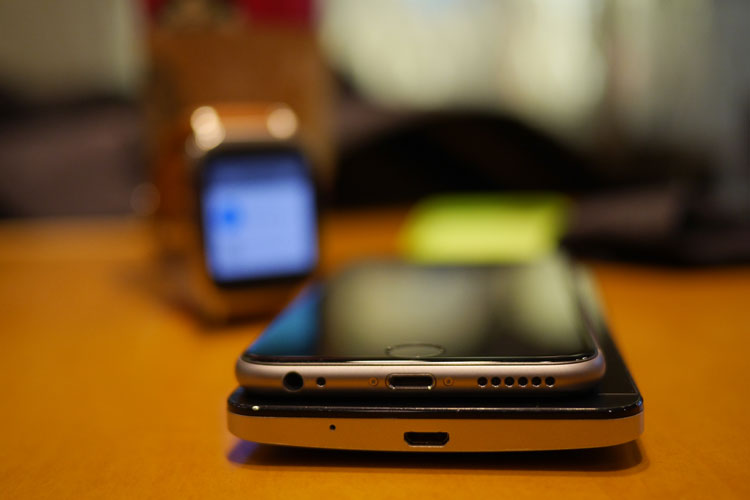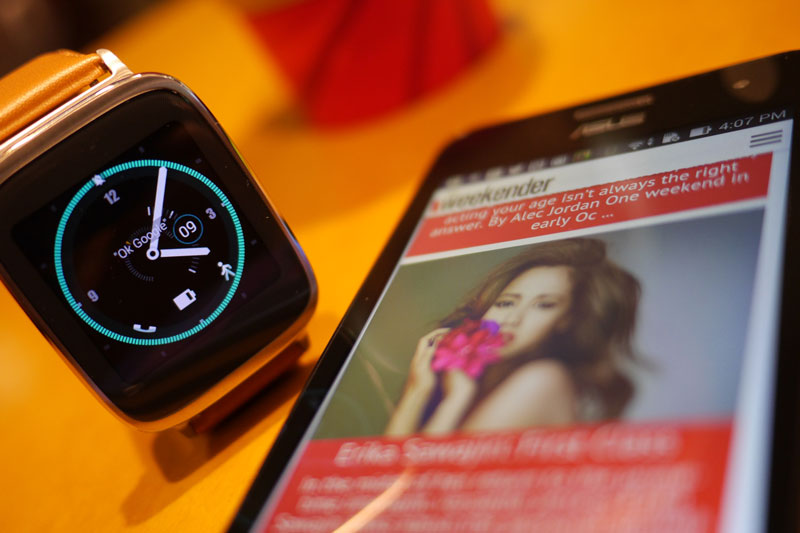Two new products from electronics maker Asus show that the company is staking its claim in the nascent field of smartwatches, and preparing its position as a viable option for consumers in Japan who are looking to taste the freedom of an unlocked phone. But how do the ZenFone 5 and the ZenWatch stack up? Do they offer their users a taste of satori, or do they need to spend another lifetime centering their energy?
Text and photos by Nayalan Moodley
Asus is a brand that has become synonymous with quality electronics hardware, regardless of its price point. From their high-end, sleek Zenbooks to their lower-priced, yet equally well made Google Nexus 7 tablets, Asus knows how to make a decent consumer electronics device. The new ZenFone 5 LTE and ZenWatch are no exception.
Matter and Form
The ZenFone 5 is available in black, white, red or gold. Although it’s made from plastic, it feels premium, with build quality tolerances beyond the eye’s ability to discern any flaws. Between the removable back (an impressive feature in itself) and the screen border there is almost no gap. It looks as good as—or better than—any unibody phone on the market. The front of the phone sports a piece of Corning Gorilla Glass 3, which covers the front facing camera, ambient light sensor, and 720p HD IPS display underneath.
While the ZenFone 5 feels premium, the ZenWatch truly is. It is a finely machined metal masterpiece that wraps wrists with a brown, genuine leather strap. The subtly curved face and the smooth finish on every surface gives the ZenWatch the aesthetic edge over almost every other piece of Android Wear currently on the market.
Inner Peace
The phone’s heart is a 1.2 GHz Qualcomm Snapdragon 400 feeding off 2gb of RAM and 16/32GB of internal storage, which can be bolstered with microSD cards. It’s not going to win any drag races but it’s snappy enough for typical use. Data feels as fast as any Tokyo LTE–connected device, and while we had to jump through a few hoops to connect, from May 5, 2015, new SIM unlocking laws in Japan should make it easy enough to sign up to any carrier with any unlocked smartphone. Call quality is good—for those of you who still make calls anymore. Its 2110 mAh battery lasts a full day and into the night so you should only need to juice it up if you end up missing the last train.
Samsara
The ZenFone’s decidedly sub-par 720p display, however, is not so good. It renders colors well and gets bright enough to use in daylight but the 294 ppi pixel density looks like Minecraft. It’s all right for videos and gaming, but reading ebooks and websites is a chore, and you’ll find yourself needing to take a break from the screen.
The ZenWatch’s screen is no different: its 320 x 320, 1.6-inch display only offers 278 pixels per inch. But since the watch is a secondary display, sacrificing pixel density for more life from the 369 mAh battery is more acceptable.
Exposing Inner Beauty
The 8MP rear camera is a masterpiece in daylight, creating extremely sharp, detailed images. In partial and low light the HDR mode is impressive; at night, images get noisy, but considering it’s a tiny phone-cam the pictures are pretty decent. Video is nice—1080p looks particularly good, while quality at 720p drops off a little. Video image stabilization is excellent, but only works at 720p so its a bit of a Catch-22.
A few sample shots taken on the Zenfone 5:
The Path to Enlightenment
The ZenWatch is first Android Wear device that conforms to Google’s guidelines on hardware and software. Connected via Bluetooth 4.0, the watch and phone can pair up using Google’s Android Wear app, while features such as proximity phone unlocking, customized watch faces and camera remote control can be sorted with Asus’s ZenWare.
Basically, it’s a timepiece that checks your mailbox, Facebook messages and tweets. You can respond to messages and dictate notes by voice, but if you’re a Bostonian, Mancunian or Capetonian, it’s just frustrating. There is also that image problem of talking to your watch, which isn’t cool outside 70s sci-fi.
You can control other aspects of your phone, such as the music player, but so far the Android Wear app ecosystem is tiny—so app functionality is currently limited. For most important tasks, you still need to take out your phone. While the 9-axis motion sensor, heart rate monitor and the Asus Wellness app are nice, training with the watch would mean sweating up that beautiful leather strap.
Currently the ZenFone is using Android 4.4 KitKat but there are plans to upgrade to Lollipop. This would improve the Zen experience, as Lollipop is built with Android Wear interfacing in mind.
Jukai
The ZenFone is a solid option for people looking for freedom from the chains of their tyrannical carriers’ draconian locking policies (From May 2015 at least). The ZenWatch, however, is very much an early adopter’s gadget and needs time to mature into the mainstream. That said, wearables are the future and Asus’s Zen duo is a stylish step toward it. Being an early adopter myself … I don’t really want to have to give them back to Asus.

